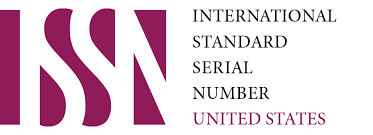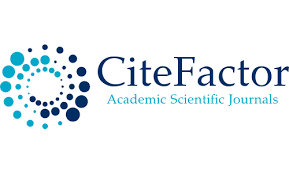Improving The Creation Of Software Based On The Organization Of Independent Learning Of Students
Keywords:
independent learning, educational software, interactivityAbstract
This article examines the issue of improving educational software development based on the organization of students’ independent learning. Software tools developed using modern pedagogical and technological approaches enhance interactivity, personalization, and learning efficiency. The study outlines the stages of designing such software, methods for identifying user needs, and implementing modular architecture. The effectiveness of the developed tool is assessed based on an experimental study conducted in two student groups.
References
Zimmerman, B. J. (2012). Becoming a Self-Regulated Learner: An Overview. Theory into Practice,
(2), 64–70.
Siemens, G. (2015). Connectivism: A Learning Theory for the Digital Age. International Journal of
Instructional Technology and Distance Learning.
Anderson, T. (2018). The Theory and Practice of Online Learning. AU Press.
Ally, M. (Ed.). (2019). Mobile Learning: Transforming the Delivery of Education and Training.
Athabasca University Press.
Dabbagh, N., & Kitsantas, A. (2012). Personal Learning Environments, Social Media, and SelfRegulated Learning. The Internet and Higher Education, 15(1), 3–8.
Mishra, P., & Koehler, M. J. (2016). Technological Pedagogical Content Knowledge: A Framework.
Teachers College Record, 108(6), 1017–1054.
www.ziyonet.uz
Downloads
Published
Issue
Section
License

This work is licensed under a Creative Commons Attribution-NonCommercial 4.0 International License.
User Rights
Under the Creative Commons Attribution-NonCommercial 4.0 International (CC-BY-NC), the author (s) and users are free to share (copy, distribute and transmit the contribution).
Rights of Authors
Authors retain the following rights:
1. Copyright and other proprietary rights relating to the article, such as patent rights,
2. the right to use the substance of the article in future works, including lectures and books,
3. the right to reproduce the article for own purposes, provided the copies are not offered for sale,
4. the right to self-archive the article.












